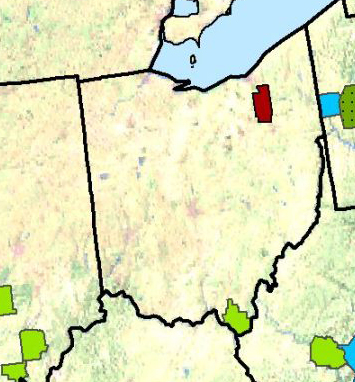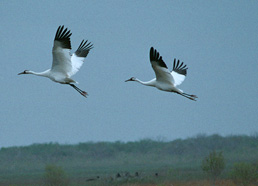While it is still early in white nose syndrome detection season, so far in 2012 white nose syndrome has not been found in a single new state or province. However, it has been found in new locations in Ohio and New Brunswick, Canada, where white nose syndrome was first found last winter.
In Ohio, most news reports have merely reprinted the Summit County Metro Parks press release. Read it here.
This article in the Cleveland Plain Dealer adds that the disease was first detected in Ohio in March, in an abandoned mine in Wayne National Forest. Read the entire Plain Dealer article, here.
White nose syndrome was also first detected in the Canadian province of New Brunswick in March 2011. This winter, an article in The Epoch Times reports, it has spread to three new sites in that province. (I found it a little worrisome that I couldn’t find other articles on this, but at least here is the press release from the New Brunswick Museum.)
Perhaps there is a quantum link between white nose syndrome in Ohio and New Brunswick. We also covered its discovery in both places in a single post last year. Read that post here.
Map: courtesy US Fish and Wildlife. Find entire map here.



